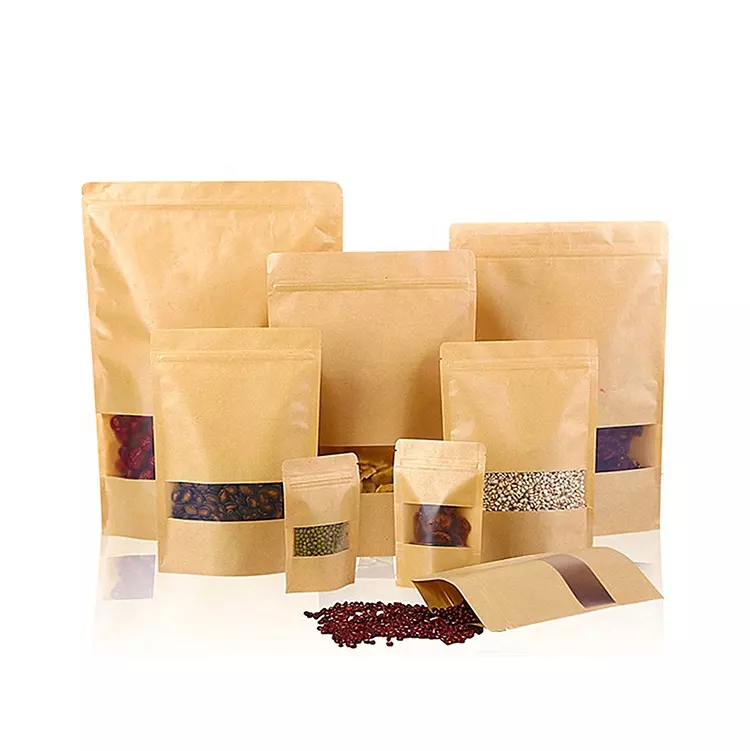- Afrikaans
- Albanian
- Amharic
- Arabic
- Armenian
- Azerbaijani
- Basque
- Belarusian
- Bengali
- Bosnian
- Bulgarian
- Catalan
- Cebuano
- chinese_simplified
- chinese_traditional
- Corsican
- Croatian
- Czech
- Danish
- Dutch
- English
- Esperanto
- Estonian
- Finnish
- French
- Frisian
- Galician
- Georgian
- German
- Greek
- Gujarati
- haitian_creole
- hausa
- hawaiian
- Hebrew
- Hindi
- Miao
- Hungarian
- Icelandic
- igbo
- Indonesian
- irish
- Italian
- Japanese
- Javanese
- Kannada
- kazakh
- Khmer
- Rwandese
- Korean
- Kurdish
- Kyrgyz
- Lao
- Latin
- Latvian
- Lithuanian
- Luxembourgish
- Macedonian
- Malgashi
- Malay
- Malayalam
- Maltese
- Maori
- Marathi
- Mongolian
- Myanmar
- Nepali
- Norwegian
- Norwegian
- Occitan
- Pashto
- Persian
- Polish
- Portuguese
- Punjabi
- Romanian
- Russian
- Samoan
- scottish-gaelic
- Serbian
- Sesotho
- Shona
- Sindhi
- Sinhala
- Slovak
- Slovenian
- Somali
- Spanish
- Sundanese
- Swahili
- Swedish
- Tagalog
- Tajik
- Tamil
- Tatar
- Telugu
- Thai
- Turkish
- Turkmen
- Ukrainian
- Urdu
- Uighur
- Uzbek
- Vietnamese
- Welsh
- Bantu
- Yiddish
- Yoruba
- Zulu
desiccant package
Understanding Desiccant Packages Importance and Applications
In the realm of packaging, desiccant packages play a crucial role in preserving the integrity and longevity of products. These small but mighty packets contain materials that absorb moisture from the surrounding environment, thus preventing damage, spoilage, and degradation of items, especially those sensitive to humidity. In this article, we will explore what desiccant packages are, their various forms, applications, and the science behind their moisture-absorbing capabilities.
What are Desiccant Packages?
Desiccant packages are moisture-absorbing materials encapsulated within a protective packaging. Common desiccants include silica gel, clay, activated carbon, and molecular sieves. These materials are selected based on their adsorption properties and effectiveness in reducing moisture levels in a closed environment. Silica gel, the most commonly used desiccant, is composed of silicon dioxide and is popular due to its high adsorption capacity and non-toxic nature.
These packages are ubiquitous in various industries. You might find them in shoeboxes, electronic product packaging, vitamin bottles, and even food containers. The primary purpose of these packets is to create a low-moisture environment, thereby prolonging the shelf life of the products and maintaining their quality.
How Do Desiccants Work?
Desiccants operate on the principle of adsorption, where moisture molecules adhere to the surface of the desiccant material. Unlike absorption, which involves a substance being absorbed into the bulk of a material, adsorption allows desiccants to trap moisture molecules on their surface. This process occurs rapidly, especially within enclosed environments where humidity levels can spike.
When placed in a confined space, desiccants create a dry microclimate that inhibits the growth of mold, mildew, and bacteria, which thrive in moist conditions. This is particularly important for products like electronics, pharmaceuticals, and food items, where moisture can lead to functional degradation or spoilage.
Applications of Desiccant Packages
1. Electronics Electronic devices, from smartphones to circuit boards, are highly susceptible to moisture. Desiccant packages are often included in packaging to prevent corrosion, electrical short circuits, and damage during transport and storage.
desiccant package

2. Food and Pharmaceuticals Many food items, especially dried fruits, snacks, and herbs, benefit from the moisture control provided by desiccants. In pharmaceuticals, desiccant packages are critical in maintaining the efficacy and stability of medications, many of which can degrade or lose potency in the presence of moisture.
3. Textiles and Leather Goods Clothing, shoes, and leather products are also sensitive to humidity. Desiccants help in maintaining their quality during shipping and storage, preventing mildew and musty odors.
Types of Desiccants
While silica gel is the most recognized form of desiccant, many other materials are available depending on the application. Here’s a brief overview of other types
- Clay This natural desiccant can absorb moisture effectively but performs best in low-humidity situations. It is often used in packages designed for larger items.
- Activated Carbon Primarily used for odor absorption, activated carbon can also remove some moisture but is typically not as effective as silica gel.
- Molecular Sieves These are synthetic materials with uniform pore sizes that can selectively adsorb different types of molecules, making them useful in specialized industrial applications.
Conclusion
Desiccant packages are an essential component in modern packaging, serving a wide range of industries and applications. By effectively controlling moisture levels, they protect and preserve the quality of products, ensuring that consumers receive items in optimal condition. Understanding the importance of desiccants allows both manufacturers and consumers to appreciate the science behind product longevity and quality, highlighting the unsung heroes that are these small packets. As industries continue to evolve and the demand for high-quality products grows, the role of desiccant packages will undoubtedly remain significant.













